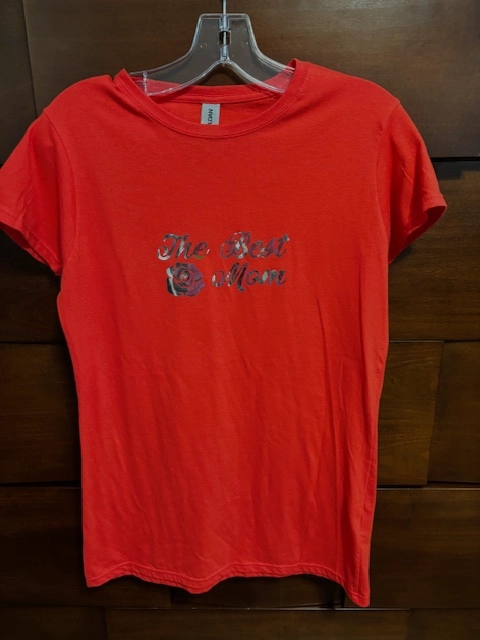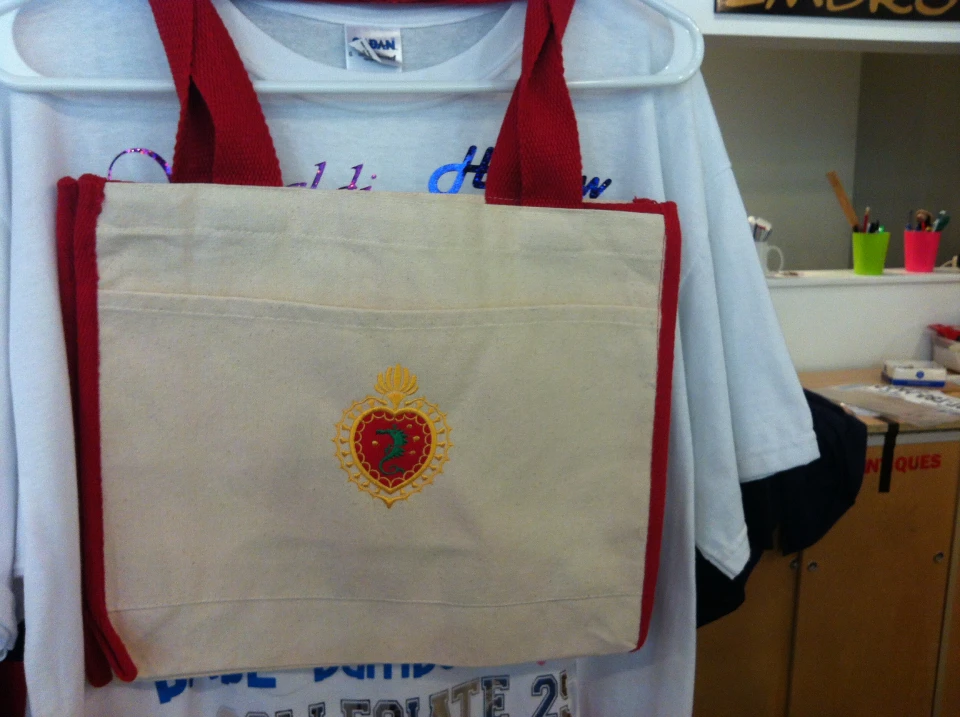The Art of Custom Needlework: Opening the Tricks to Creating Special and Unforgettable Layouts
Embroidery, a craft soaked in custom and artistry, holds within its intricate stitches the power to transform material right into a canvas of one-of-a-kind expression. The secrets to producing customized needlework designs that captivate the eye and leave a long-term impression hinge on a fragile equilibrium of method, creative thinking, and attention to detail. As we delve right into the world of custom-made embroidery, we discover the nuanced interaction in between thread choice, sew intricacy, and layout customization that elevates a plain garment to an artwork. Join us on a journey via the art of personalized embroidery as we decipher the secrets behind crafting truly extraordinary and distinctive productions.
Picking the Right Needlework Threads
When selecting embroidery threads, what key elements should you take into consideration to ensure the most effective results for your custom-made styles? The option of embroidery thread is essential in determining the final end result of your stitched layout. Among the main factors to consider is the product of the string. Different materials such as cotton, polyester, rayon, and silk supply differing levels of luster, sturdiness, and texture. It is necessary to pick a thread product that matches the material you are embroidering on and lines up with the wanted look of the style.
Thicker threads can include measurement and texture to your style, while finer strings are excellent for elaborate details and little message. Additionally, taking into consideration the shade fastness and washability of the thread is important to make sure that your customized designs maintain their top quality and vibrancy over time.
Checking Out Various Stitch Strategies
To look into the world of 'Discovering Different Stitch Strategies', one must understand the details and nuances that each sewing method brings to the art of needlework. Various stitch techniques not only include aesthetic rate of interest yet also add to the total structure and measurement of the design. One popular stitch strategy is the satin stitch, which includes carefully stuffed parallel stitches to produce a smooth and shiny surface area, suitable for completing shapes and creating vibrant outlines.
On the various other hand, the backstitch is a functional technique commonly made use of for describing and adding great information. It entails sewing backward to create a solid line of needlework. Furthermore, the French knot stitch includes a tactile more component to layouts, best for creating textured accents like flower facilities or ornamental touches.
Discovering different stitch strategies permits embroiderers to have fun with light, darkness, and deepness within their styles, boosting the visual allure and creative quality of their embroidery jobs. By grasping different sewing techniques, one can unlock limitless opportunities for producing special and unforgettable personalized needlework pieces.
Incorporating Personalized Style Elements
Having discovered the complexities of various stitch techniques such as the satin stitch, backstitch, and French knot, the focus currently moves in the direction of integrating personalized layout elements in customized needlework jobs. Personalized layout elements play an essential role in making embroidery tasks really unique and unforgettable.
One more means to integrate individualized style elements is by including symbols or themes that hold special significance to the recipient or reflect their interests and personality. Including a favorite flower, animal, or hobby-related symbol can make the embroidery style much more meaningful and tailored. Furthermore, choosing colors that resonate with the recipient or line up with the intended theme can better enhance the customization of the embroidery task.
Grasping the Art of Shade Sychronisation

One key aspect of shade coordination is comprehending shade theory. This includes knowing how various shades interact with each other, the feelings they share, and just how they can be integrated to create visually appealing layouts. By applying color concept concepts, embroiderers can develop harmonious color schemes that enhance the general look of the design.
In addition, taking notice of contrast is critical in shade control. Utilizing contrasting shades can assist certain aspects of the design pop, enhance clarity, and create a visually vibrant useful source embroidery item. By grasping the investigate this site art of color coordination, embroiderers can elevate their styles and produce remarkable pieces that resonate with customers and customers alike.
Enhancing Structure With Advanced Needlework Stitches

Bullion knots, on the various other hand, can be used to produce twisted, ropelike elements that include an extravagant feeling to the needlework. Trying out with these innovative embroidery stitches allows you to push the boundaries of typical needlework and create genuinely unique and aesthetically attractive structures in your layouts.
Final Thought
To conclude, the art of custom embroidery involves a combination of choosing the ideal threads, checking out different stitch strategies, integrating tailored style aspects, grasping shade control, and improving appearance with advanced stitches. By comprehending and executing these crucial elements, embroiderers can create distinct and unforgettable designs that display their creativity and skill. Embroidery lovers can open the keys to creating gorgeous and custom pieces that stick out and leave an enduring perception.
Comments on “Heat Transfer on T-Shirts and Aprons - Custom Styles and Logos”